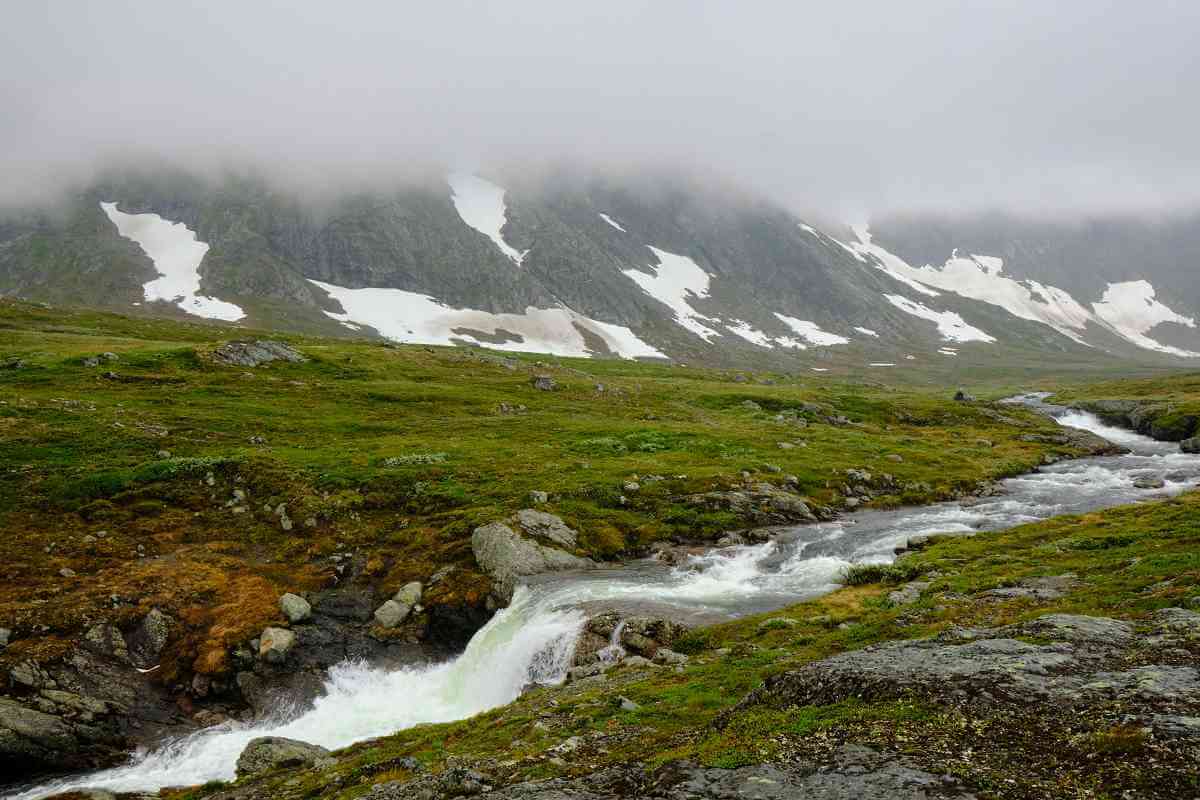April is the beginning of Snowmelt Season here in Colorado!
Did you know that snowmelt from Colorado's mountains provides up to 80% of the water for the Colorado River Basin?? This actually supplies water to over 40 million people in the southwestern U.S. and Mexico.
The mountain snowpack functions like a natural reservoir, storing water in the form of snow during winter and gradually releasing it through snowmelt during the Spring and Summer months.
Due to climate change, snowmelt in Colorado is occurring earlier - 1 to 4 weeks compared to the mid-20th century - this shift has the potential to cause challenges for water management and agriculture.
Snowmelt rates vary significantly by elevation; where lower elevations tend to melt earlier, higher elevations retain snowpack longer, which helps maintain streamflows later into the Summer.
When dust from deserts (like the Colorado Plateau) settles on snow, it darkens the surface, which increases absorption of solar radiation and accelerating melt rates. This phenomenon is known as the dust-on-snow effect.
The gradual release of snowmelt supports both alpine and downstream ecosystems by feeding rivers, wetlands, and groundwater systems, and by supporting fish and wildlife during the drier Summer months.
The snowmelt process can affect avalanche risks. If there is significantly rapid warming or rain-on-snow events, it can destabilize snowpacks and trigger wet avalanches.
Scientists measure the snow water equivalent, or the amount of water contained within the snowpack, to forecast water availability from snowmelt. This is actually a more reliable metric than snow depth alone.
Colorado is known as the 'Mother of Rivers', because its snowmelt impacts for four major U.S. river systems (Colorado, Platte, Arkansas, and Rio Grande), and these all depend on snowmelt.
Many reservoirs and irrigation systems in Colorado and downstream states are timed around the snowmelt cycle. Changes in the timing and speed of this cycle can lead to flooding, drought, or even mismanaged water deliveries.
Snowmelt helps move nutrients from the mountains down through watersheds, which support the food web and soil fertility in lower elevations.
Adequate snowmelt also keeps soil moist longer into the dry season, reducing wildfire risk, which, as we know, can be devastating to our beautiful state.
The slow, steady release of snowmelt contributes to the maintenance of healthy river flows in Spring and Summer, which are critical for fish and aquatic insects that rely on cold, oxygen-rich water.
Another thing that makes this process so vital, is how much snowmelt accounts for the majority of Colorado’s freshwater, as it feeds rivers, streams, and reservoirs that support not only people but also plants and wildlife across the state.
If you have any questions or would like to learn more, reach out to Anastasia, at connections@rockymountaininsurancecenter,com, or give us a call at 720.335.6872.
